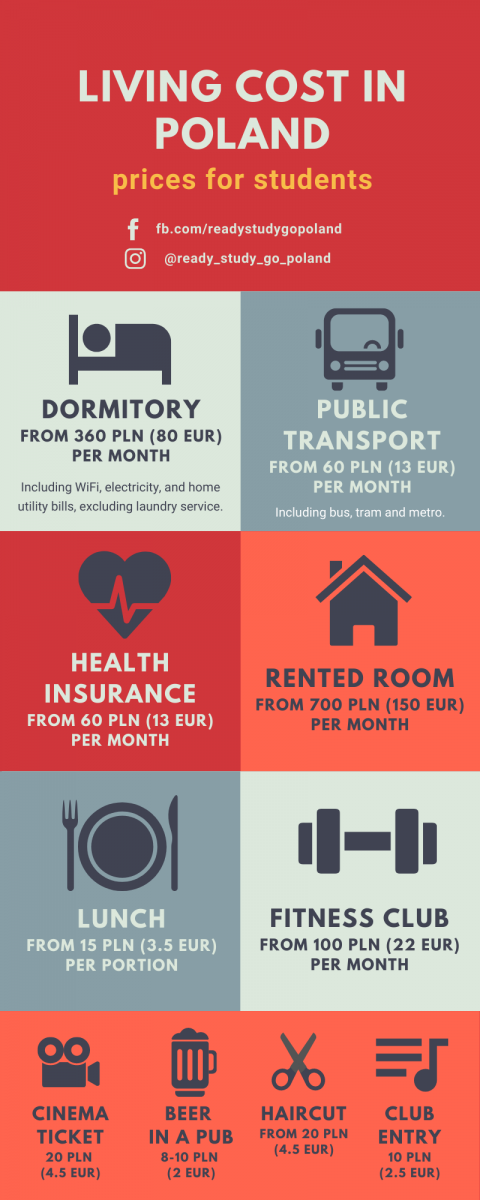
Key Factors Spurring Population Migration from Poland Since Joining the EU
Since Poland's entrance into the European Union (EU) in 2004, a significant number of its citizens have sought residence in other EU countries, resulting in an intriguing phenomenon that demands examination. But what are the primary reasons provoking such mass migration? In this piece, we aim to shed light on the main factors contributing to the large-scale emigration from Poland post-its 2004 EU accession.
Factors Stimulating the Migration Trend
The primary factors influencing the migration trend can largely be traced back to economic and career opportunities, coupled with the allure of improved living standards at a lower personal expense.
Economic and Career Opportunities
The prospect of greater economic possibilities and potential career growth has pushed many Polish migrants to explore life beyond their homeland's borders. Given the relatively better employment conditions and average wages in Western European countries compared to Poland, the migration trend is understandable. Whether it's working in a skilled profession or taking up odd jobs, the lure of a better-paying career offers a significant incentive for emigration.
Perception of Superior Living Standards
Polish emigrants are also motivated by the perception of improved living conditions in other EU countries. The combined allure of higher wages, lower daily expenses, and a higher quality of life presents an appealing package for many Poles, compelling them to explore opportunities outside their home country. The provision of welfare benefits and social assistance in many Western countries is an attractive perk that fuels this movement.
The Scale of Polish Emigration
Since Poland's entry into the EU, its migration rate has notably increased. As of 2019, an estimated 2.5 million Polish citizens were residing in other EU member states. This number represents a significant percentage of Poland's total population, amplifying the scale and impact of the migration phenomenon.
Destination of Polish Migrants
Interestingly, the destination of Polish migrants is not evenly spread across EU nations. Instead, there is a clear preference for particular countries. For instance, the United Kingdom, Germany, and Ireland attract a sizable portion of these migrants. Factors such as job opportunities, cultural similarities, or the presence of existing Polish communities likely influence these migration patterns.
The Impact on Poland and the EU
Such large-scale emigration has inevitable impacts on both Poland and the host nations. For Poland, this phenomenon results in a significant "brain drain" as a large portion of its workforce seeks engagement elsewhere, potentially hindering the country's economic growth. On the other hand, these migrants contribute significantly to their host countries' economies, often taking up roles in sectors experiencing labor shortages.
Conclusion
In conclusion, while the migration of Polish citizens to other EU nations since their accession in 2004 presents challenges for Poland, it also provides opportunities for the migrant population and the host countries. Understanding these migration patterns and their driving factors is crucial for fostering constructive policies and discussions both within Poland and across the EU.



